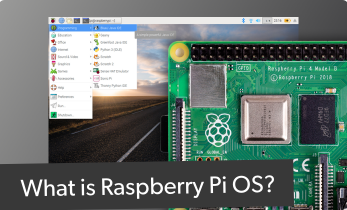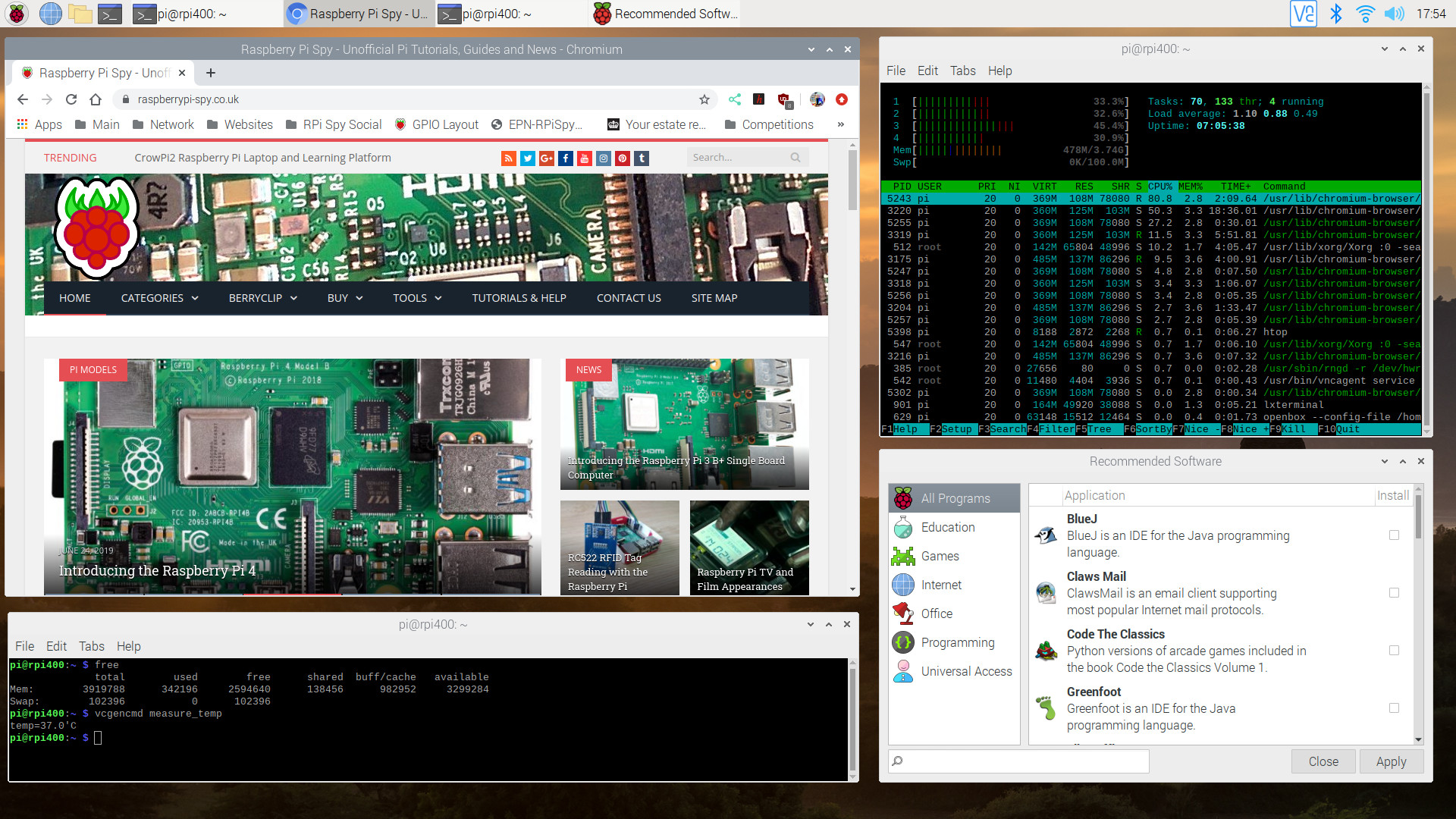

This montage shows a Pi being used to create publication-quality molecular graphics. The Pi generally runs a special distribution of the Debian (Unix-based) operating system (OS) termed 'Raspbian' ( Fig 1) other Linux distributions, as well as other (non-Linux) OSs, can be run too.Ī ‘real’ scientific example: molecular visualization with PyMOL on the Pi in under an hour.

About as powerful as an iPhone 5, the Raspberry Pi 3 has a multi-core score of around 1300 detailed performance metrics and score information for the iPhone5 and Pi 3 can be found at and, respectively. The Pi uses an Advanced RISC Machine (ARM) chip, such as those found in about half of all smartphones, as opposed to the Intel/Advanced Micro Devices (AMD) chips found in most PCs. These features in turn have made such systems popular for embedded and mobile devices. A major architectural difference here is that the core components in an SoC-based microcomputer-e.g., the central processing unit (CPU)-housing microcontroller, memory blocks, voltage regulators, etc.-are built as a single, fully integrated circuit, enabling small chips with low power consumption, reduced heat dissipation, and so on. The Pi’s integrated circuit design is that of a system-on-chip (SoC), versus the usual motherboard-based PCs familiar to most readers. A historical account of the Raspberry Pi Foundation’s early roots is offered in. What is the Pi, and why should anyone care?įor those of you new to this realm, the Pi is a small computer made and sold by the trading arm of a United Kingdom–based charity whose initial aim was to ‘promote the study of computer science and related topics, especially at school level, and to put the fun back into learning computing’. (They do blink they have a light-emitting diode !) One of us (ACF) has one he hasn't rebooted or touched in over a year. ) Although it may be a fair bet that many Pi units are sitting unused in dusty cupboards, equally many of them are beavering away at a multitude of practical tasks, at home and work, day in, day out, without blinking. Rather, we use them simply as examples of a wider group for instance, ZDnet lists 12 competitors to a Pi. (Various brand names are used in the examples in this work there are several competitors to most of them, and we are not favouring one over the other. Recent Raspberry Pi sales figures show that this humble board is the world’s third-best-selling general-purpose computer, after personal computers (PCs) and Macs, with over 15 million sold.

To quote Richard Feynman, ‘What I cannot create, I do not understand’. So, whether you want to use it to manage laboratory equipment, sense and sample the environment, teach bioinformatics, control your home security, or make a model lunar lander, it's all built from the same basic principles. External devices and inputs are easily connected to the Pi, and it can in turn control attached devices very simply. The major goal of this piece is to use the example of the Raspberry Pi, a small, general-purpose computer, as the central component in a highly developed ecosystem that brings together elements like external hardware, sensors and controllers, state-of-the-art programming practices, and basic electronics and physics, all in an approachable and useful way. As a result, it’s all too easy to be detached from the fundamental elements that power these changes and to see solutions as ‘black boxes’. There has also been a shift towards slicker, packaged solutions-which mirrors everyday life, from smart phones to smart homes.
#Raspberry pi os list 2018 software#
We tend to think of this in regard to algorithmic approaches and software tools, as well as increased computing power. Much of biology (and, indeed, all of science) is becoming increasingly computational.


 0 kommentar(er)
0 kommentar(er)
